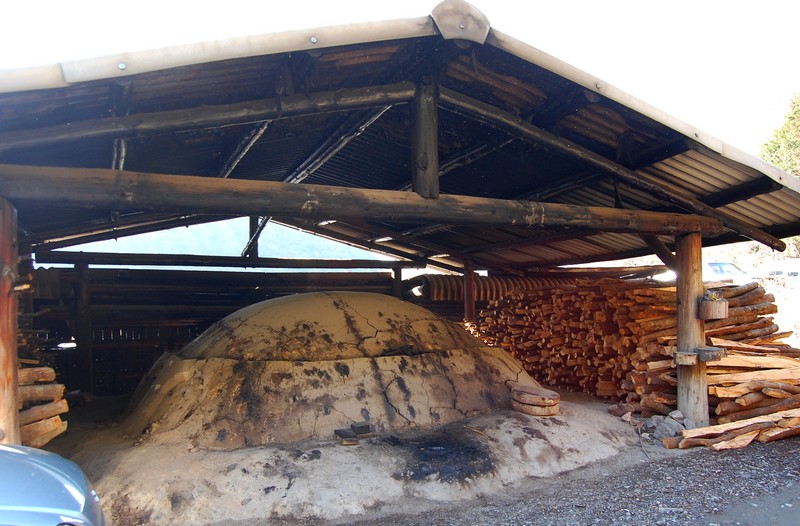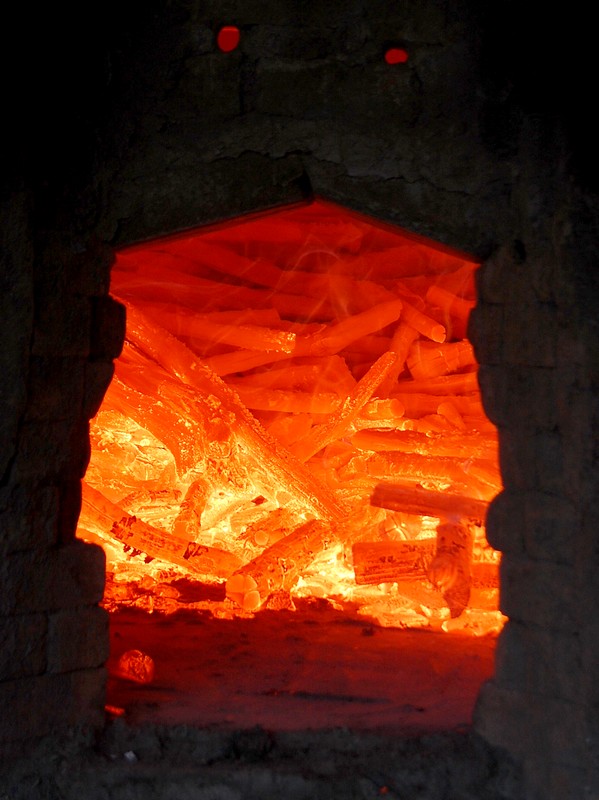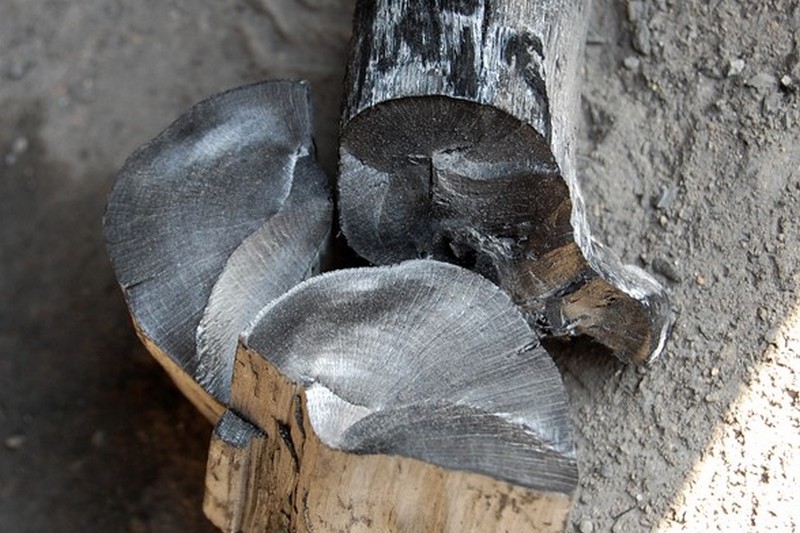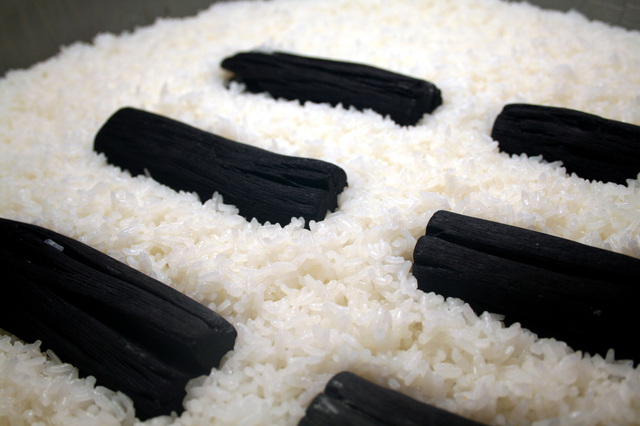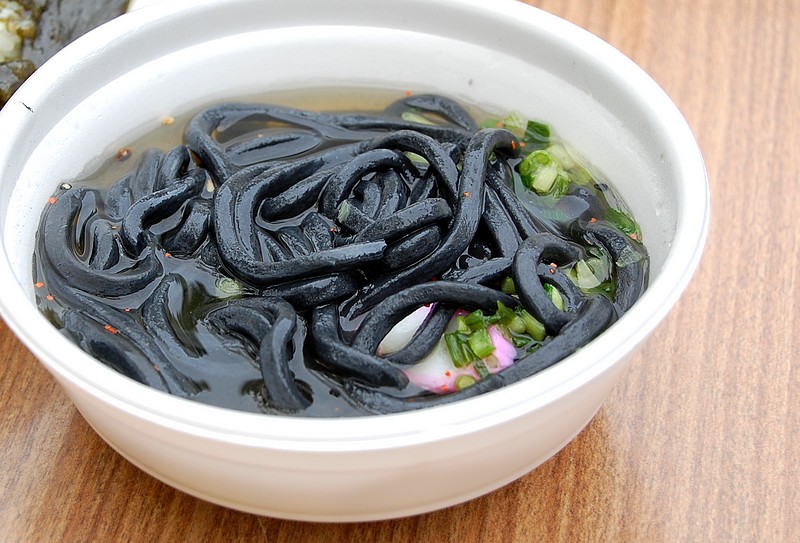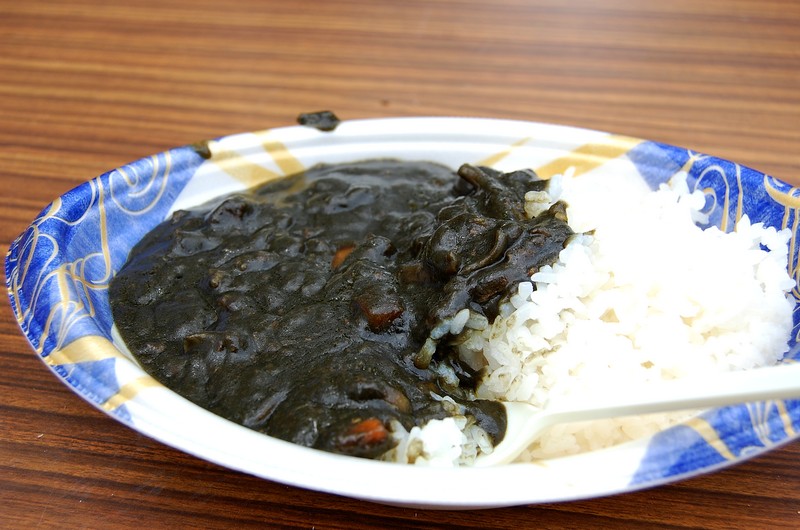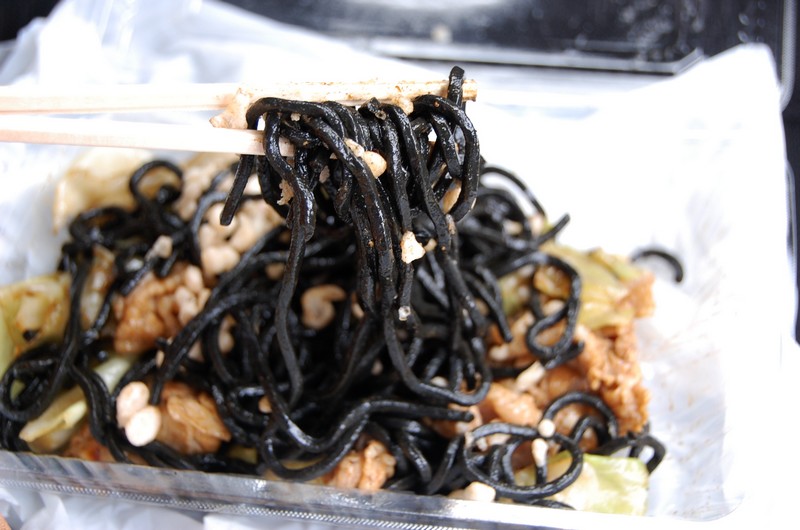
Binchotan Charcoal: Not Just for Grilling. You Can Wear It or Even Eat It!!
There is a high quality charcoal in Japan called Binchotan, made from Ubame oak trees. It is considered as the best charcoal for grilling foods. But these days, the creativity of some people has pushed it to go beyond its traditional use.
This post may contain affiliate links. If you buy through them, we may earn a commission at no additional cost to you.
If you are a connoisseur of Japanese food, you might love traditional Japanese grilled foods such as unagi no kabayaki (teriyaki style grilled eel). And you might have heard that traditional chefs favor a charcoal called Binchotan, especially when grilling skewered food.
Why do chefs choose Binchotan?
This high quality charcoal has many benefits.
Binchotan burns cleanly with a high steady heat and the alkalised ashes are said to neutralise protein acids and other undesirable acidic products during cooking. Due to far-infrared radiation produced by the charcoal, foods are quickly sealed enhancing the natural flavours of the food. Binchotan is a highly dense charcoal and burns for a very long time, with each piece being able to burn for 3 – 5 hours depending on the thickness.
When grilling skewered food, you don't want to ruin the delicate taste of the food. The worst enemy is the smoke coming from the grease dripping onto the hot charcoal. But with Binchotan, thanks to its high steady heat, the food doesn't have to be kept close to the charcoal while grilling, which means there are lesser chances for the food to be affected by the unwanted smoke.
How is Binchotan made?
The charcoal is made from ubame oak trees. They mainly grow on coastal slopes and are very firm and dense.
photo by Sachiko AsakawaThe wood is cut into logs and heated in the kiln to be dried, then "baked" at a temperature over 1,000 degrees C until totally carbonized.
photo by Sachiko Asakawa photo by Sachiko AsakawaWhat is special about Binchotan charcoal is that after being taken out of the kiln, it is smothered with soil-mixed wet ash to put out the fire. This process gives a light-gray color to the surface of the charcoal, hence its alternative name, "white charcoal."
This is what the inside of the Binchotan looks like:
photo by Sachciko AsakawaThe cut edge is so dense and shiny. When hit against each other, the charcoal pieces make almost metallic sound. And because it is so dense and firm, it can be used in a variety of ways, some of which can be quite surprising!
Binchotan for rooms
It is well-known that most charcoal can be used as a deodorizer. But Binchotan is considered more effective because it is said to have a very complicated, porous structure inside.
In just one cubic centimetre, Binchotan contains billions of pores, for a total area that could cover a tennis court. Or, one gram has cavities, oriented in so many directions, with a surface area of about 250 m2. Furthermore, the pores are open, hence penetration of air and humidity is eased.
These are cute room deodorizer pouches stuffed with crushed Binchotan.
Or you can use the charcoal pieces as stylish decorative ornaments with a deodorizing effect.
How do you like this one?
The figurine is made of resin and coated with liquefied Binchotan charcoal. Thus, the charcoal on the surface is expected to absorb the odor in the room.
Binchotan that you can wear
Many people want their undergarment warmers to look nice, and at the same time, be clean and odorless. It was achieved by adding extremely fine-grained Binchotan charcoal to the fabric using some special technique. These products are said to have deodorizing and antibacterial effects from the charcoal.
And because of its firmness, Binchotan can be made into classy accessories as well.
Binchotan to please your ears
The metallic sound from Binchotan pieces is pleasant to the ears when made into a wind chime or "charcoal-xylophone. "
Binchotan in your kitchen
Because it has a highly porous structure, Binchotan makes a good water purifier that absorbs chlorine and unwanted smells to improve the overall taste of tap water.
They say that if you add a piece when cooking rice, it can improve the taste by absorbing undesirable substances in the water and releasing some minerals.
Last but not least, Binchotan to go into your stomach!
Yes. This means eating charcoal. This might sound outrageous, but actually, charcoal has been used medically for a long time.
Activated charcoal is considered to be medicine's most powerful adsorbent and as such, it readily works to adsorb many toxins, poisons and heavy metals from the body, rendering them harmless. Activated charcoal is a non-toxic antidote that has been used effectively as far back as the Egyptian dynasty and possibly longer.
But recently the creative minds of young charcoal-makers have found a tastier use for powdered charcoal. Now these black colored foods are drawing more attention as healthier foods with detoxing effects.
Binchotan charcoal roll cake
Binchotan udon noodles
photo by Sachiko AsakawaBinchotan curry & rice
photo by Sachiko AsakawaBinchotan stir-fried noodles
photo by Sachiko AsakawaNow, would you like a bite?
The information in this article is accurate at the time of publication.



